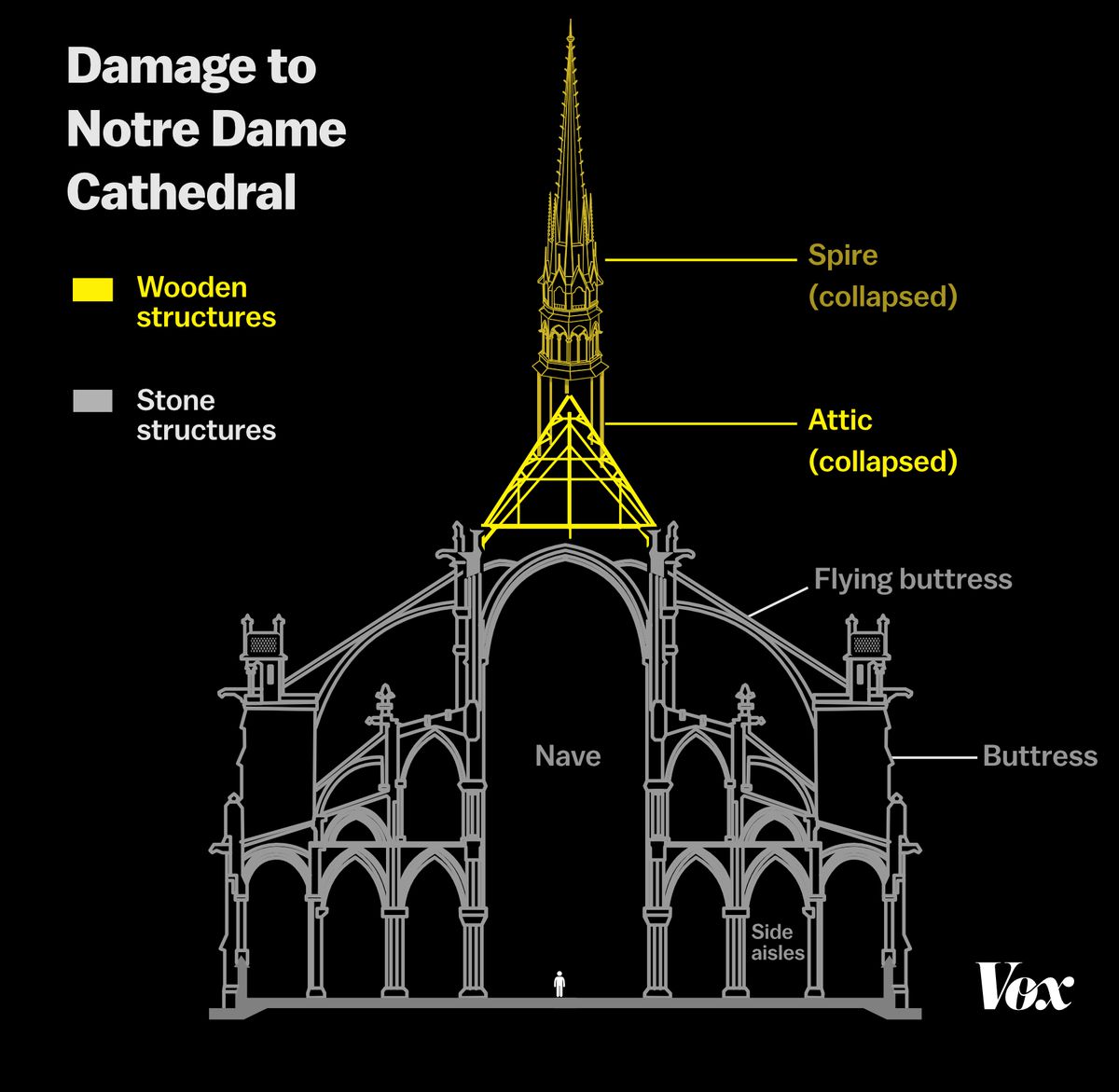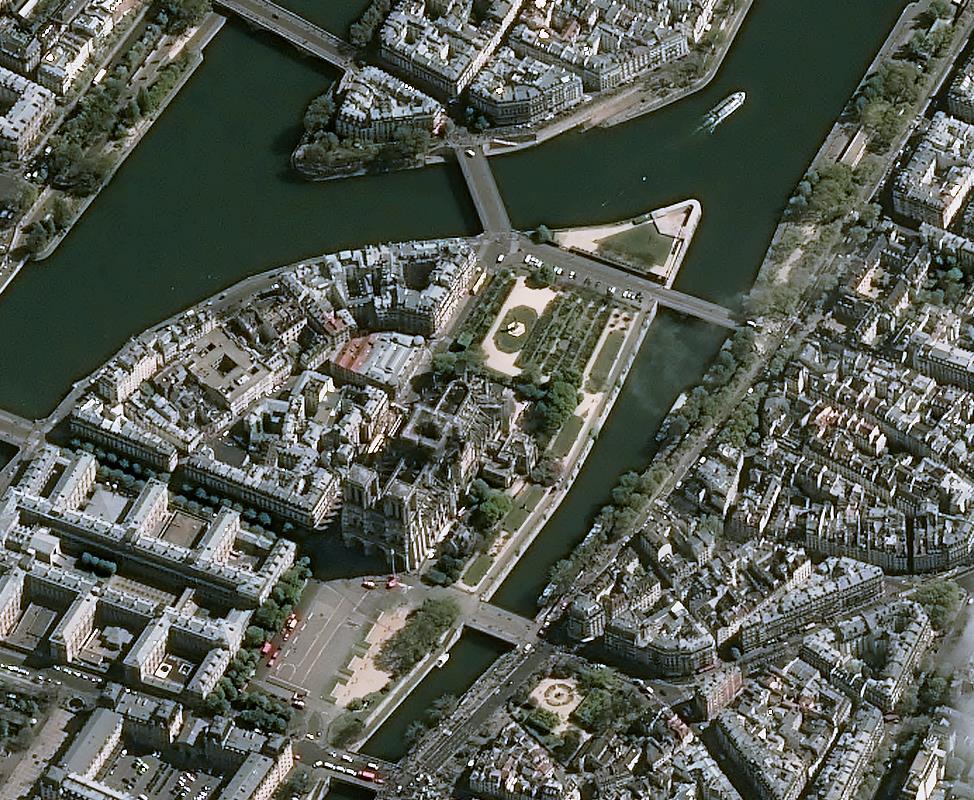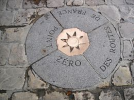Q: (L) Okay, in a pole shift does the lithosphere of the planet slide on the core? (A) No. We have to be very precise. There are three possible things that would come under the name pole shift. Only one of them may come, or two, or three, okay? And these are the following -1) the axis of rotation with respect to stars is changing, straightening out for instance; this is one thing; while all the rest goes with the axis, the lithosphere and the magnetic field. 2) Second, the axis stays where it is, maybe it shifts a little bit; the lithosphere stays where it is - maybe it wobbles - but the magnetic field changes: for instance reverses. 3) Third, axis stays, magnetic field stays, but the lithosphere is moving. So that's three ways a pole shift can happen. And of course there are things that come together. The most dramatic one which is seen from outside is when the axis of rotation changes. The next dramatic one is probably when the lithosphere changes. And the third of unknown consequences is when the magnetic pole changes, okay? So, we want to have an understanding what will be the main change. (L) Well I guess we ought to ask an even more basic question: are we looking at a pole shift happening? That's starting at the beginning. (A) Alright. (L) In the next ten years. Is a pole shift possible in the next ten years?
A: Yes.
Q: (L) Is a pole shift of the axis...(A) Honey, you ask if the pole shift is possible, of course it's possible. But suppose it's almost zero probability? 'Is it possible' is not the right question. 'Is it going to happen?' That's a question. (L) Okay you ask, carry on. (A) Are we looking at a pole shift during the next ten or so years with a high degree of probability?
A: Yes.
Q: (A) In this concept of pole shift, what would be the main feature of this pole shift, of all those which we were discussing?
A: New axial orientation, and magnetic reversal.
Q: (L) That's fairly dramatic. (A) Alright, now, change of axis or orientation of axis of rotation: can we say we would straighten up, getting almost perpendicular to the ecliptic? Or the other possibility is that it will fall down being almost parallel to the ecliptic. The third is that we'll flip completely by 180 degrees. We know it's highly unpredictable, but can we have a clue from which one is, so to say, dominate?
A: Perpendicularity will be restored.
Q: (A) We know the axis will change dramatically and magnetic reversal will happen. You didn't mention a change or shift of the lithosphere alone. Can we...
A: Lithospheric shift will feature to some extent.
Q: (A) But, that means eventually that the equator will almost not change because...
A: Correct.
Q: (A) So it will just shift a little bit, but its not going to go to Hawaii? (L) Oh rats! That was my theory! Well, it was a good idea. (A) What about changes in the lithosphere: can we predict a little bit of change in geography, coming from motions in lithosphere and changes in water level?
A: Chaotic features predominate but in general it will be safer inland and in mountainous areas since less folding occurs in such locations.
Q: (A) Now, the major, the change of the orientation of the axis, what would be the main trigger, force, or activity, or what kind of event will trigger this change of the axis?
A: Cometary bodies.
Q: (L) Are the planets of the solar system going to kind of shift out of their orbits and run amok? Is that a possibility?
A: Yes.
Q: (A) Due to cometary orbits alone?
A: Yes. Twin sun also.
Q: (A) When we speak about these cometary bodies, are we speaking about impacts?
A: Some will hit.
Q: (A) What would be - if any - the role played by electric phenomena?
A: Twin sun grounds current flow through entire system setting the "motor" running.
Q: (L) Does this mean that all of the different bodies of the solar system are like parts of some kind of giant machine, and once this electric current flows through them, depending on their positions relative to one another at the time this current flows, that it has some influence on the way the machine runs?
A: Yes, more or less.











